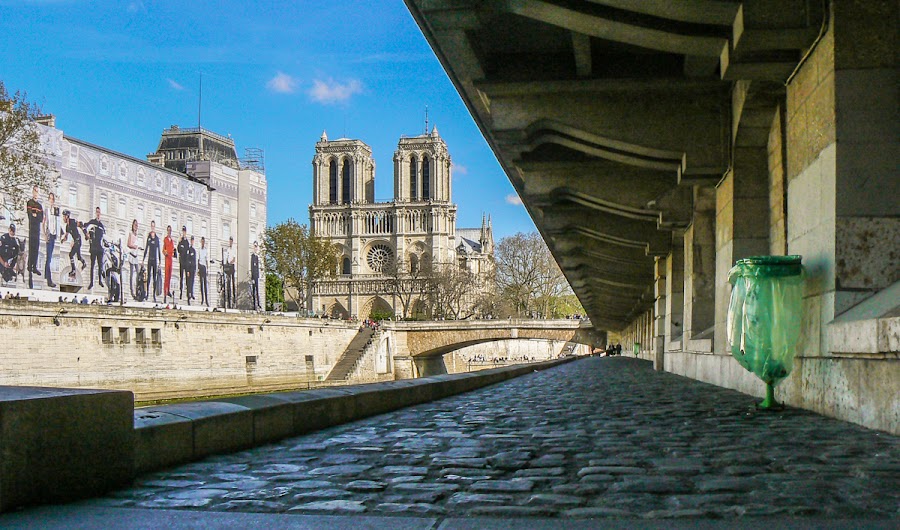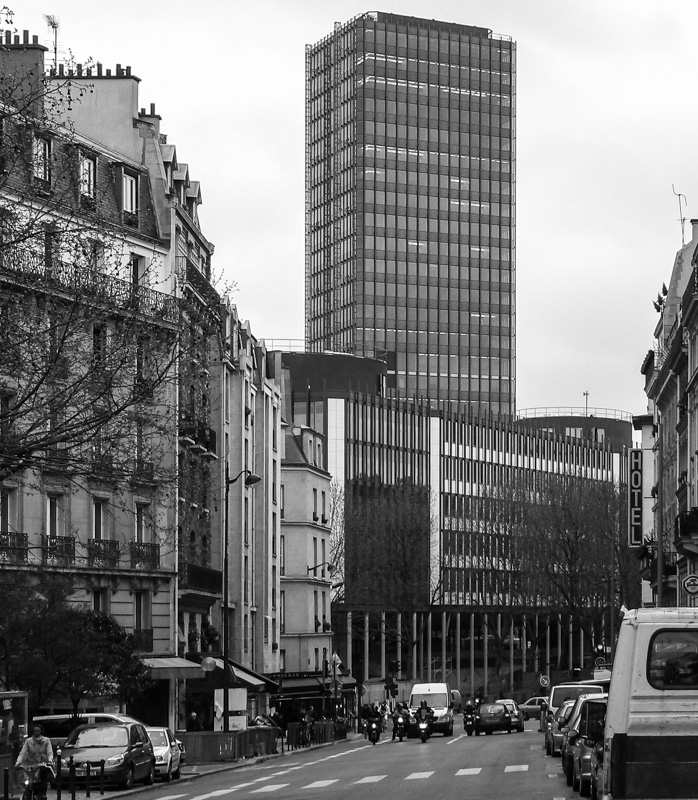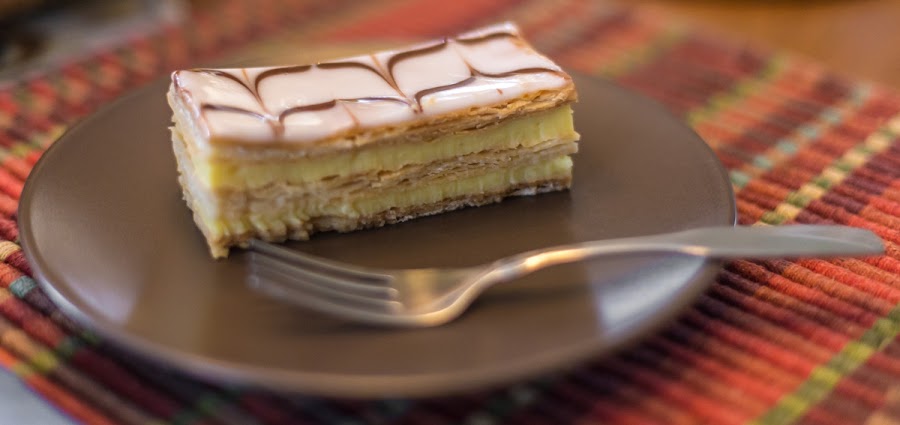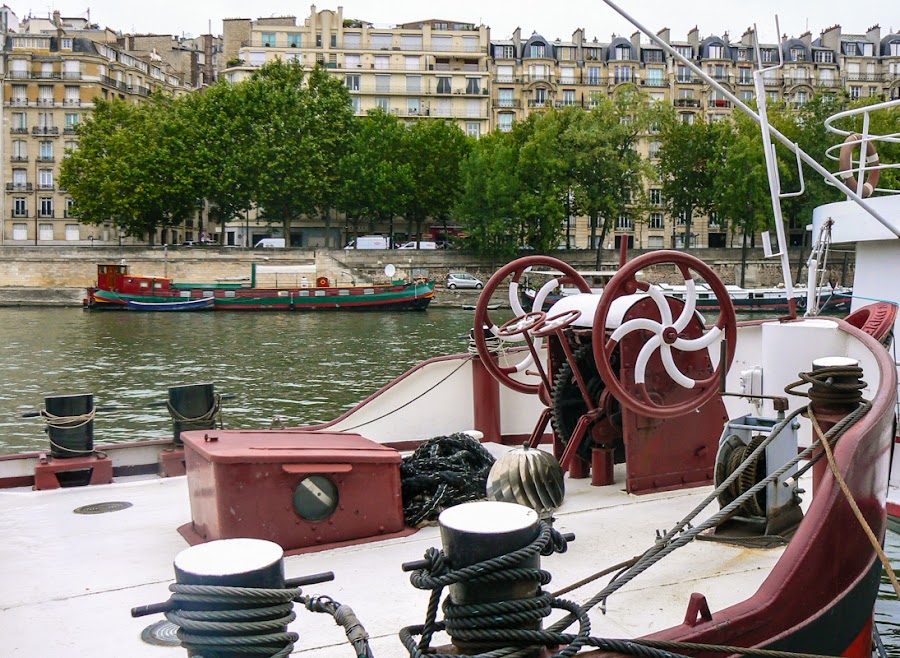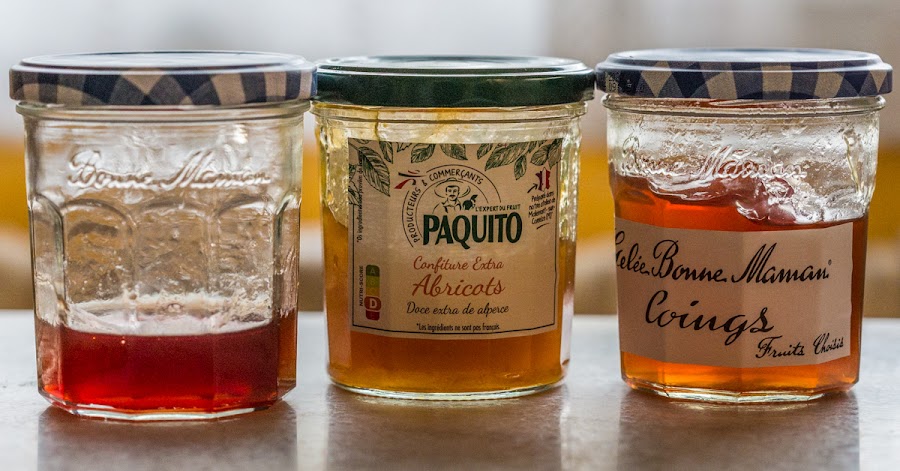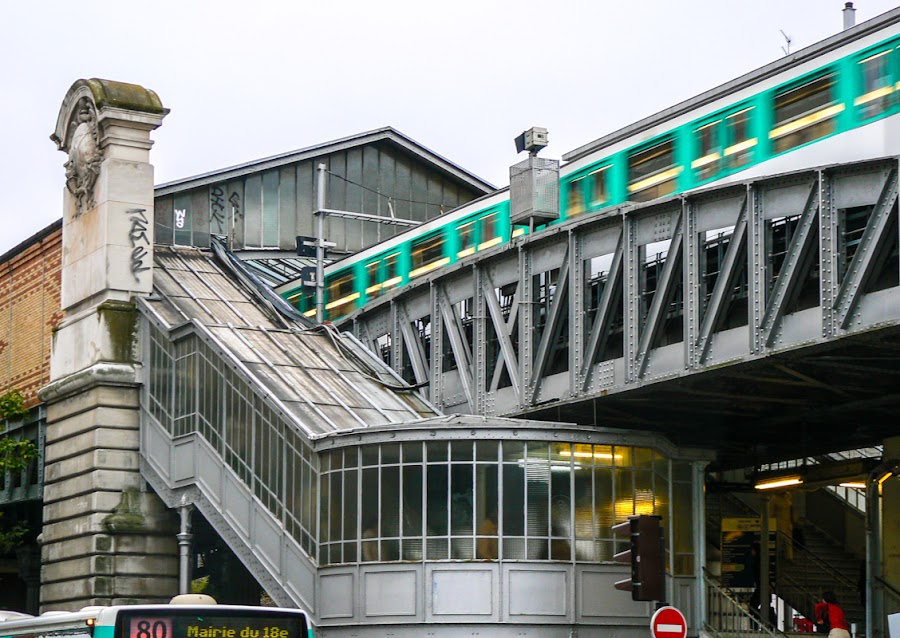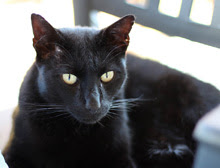After the Eiffel Tower, the cathedral of Notre Dame de Paris could be the most recognized of Paris' monuments. I took this photo down on the berge (river bank) between the île de la Cité on the left and the rive gauche (left bank) on the right. That might sound a little funny, but the left bank is on the right when you're looking upstream.
Today is the day that Tasha goes to the vet to get her stitches out. If all goes well, she shouldn't have to wear the cone of shame any more. The scar looks good, dry and not swollen, so I'm hopeful that all is well. She's been very good about the cone, but I know she'll be glad not to have to wear it. She'll still be confined to the corrals while in the house, with short walks on leash, probably into March.

